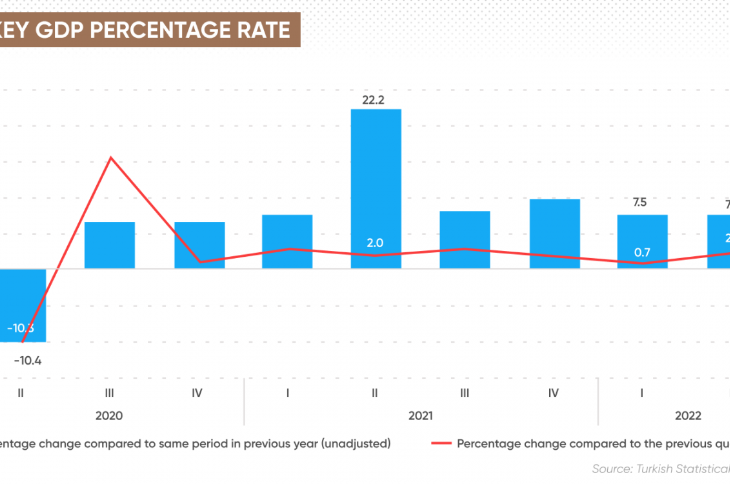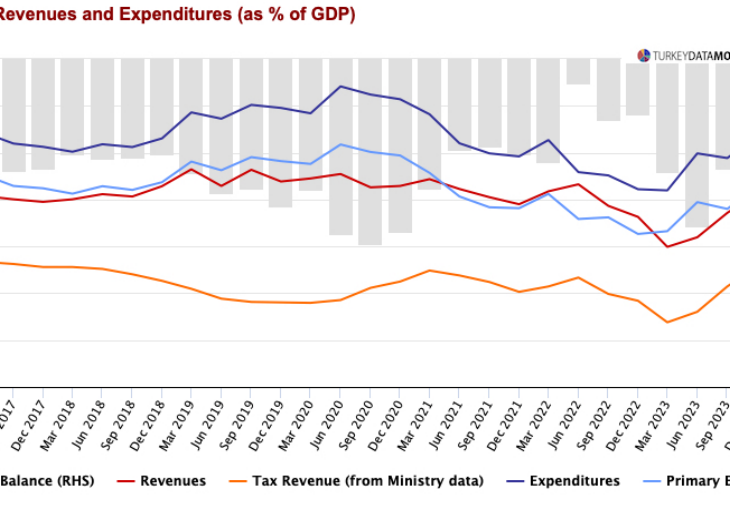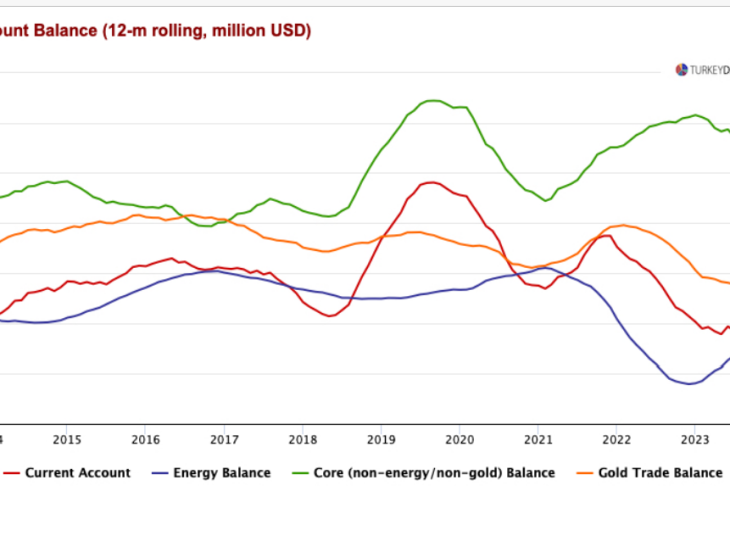Annual rate of increase in Turkish house prices declines
 konut-balon
konut-balon
According to Sahibindex’s research, the annual rate of increase in real rental prices in January 2024 decreased to 0.2 percent across Turkey, while the average square meter price of rental houses advertised on the sahibinden platform was 132.7 lira.
The results of the “Sahibindex Rental and Sale Housing Market Outlook” report for January 2024 were published. According to the January results of the “sahibindex Rental and Sale Housing Market Outlook” research prepared in cooperation with sahibinden.com and Bahçeşehir University Center for Economic and Social Research (BETAM), the decline in real sales prices continued for 6 months. Due to the decline in real prices, the annual rate of increase in real prices decreased to 0.2 percent across the country and to 12.9 percent in Ankara. In Istanbul, the annual decline in real prices continued and became 6.1 percent. Annual real prices in Izmir also decreased for the first time in a long while.
Increase in current prices slowed down
From November to December, the increase in the average price of houses for sale in Turkey was 1.4 percent. The loss of tempo in the annual increase in current prices of houses for sale was valid for all 3 metropolitan cities.
The rate of increase in current prices from November to December was 1.6 percent in Istanbul, 1.2 percent in Ankara and 1.3 percent in Izmir. As of December 2023, the average price per square meter of a house was 36,111 TL in Istanbul, 19,608 TL in Ankara and 29,404 TL in Izmir.
The decline in real sales prices continues in three metropolitan cities
As in the previous five months, real house prices fell in December in three metropolitan areas. From November to December, real house price decreased by 2.5 points in Istanbul, 3.5 points in Ankara and 3.1 points in Izmir. In December, the real house price index was 182.9 in Istanbul, 208.1 in Ankara and 189.1 in Izmir.
Rapid slowdown in real prices
The annual real price increase, which reached 65.8 percent in August 2022, started to decline rapidly as of September 2022. After a temporary increase in February 2023 due to the earthquake, the annual real price started to decline again in March, and in December 2023, the annual real price growth rate decreased by 5.2 percentage points to 0.2 percent compared to November.
The number of listings for sale decreased both nationwide and in three metropolitan cities. Compared to last month, the supply of houses for sale fell by 4.8 percent nationwide, 4.5 percent in Istanbul, 2.5 percent in Ankara and 6.9 percent in Izmir.
First rise in demand after 4 months of decline
After a sharp drop after the earthquake in February 2023, housing demand had fallen sharply until November after an increase in July. However, housing demand increased by 5.5 percent in December compared to November to 93.6. Housing demand was 26.3 percent lower compared to November last year.
In Turkey as a whole, real inflation-adjusted rental prices increased in Istanbul and Izmir from November to December, as the increase in current rental prices was higher than the monthly inflation.
The average rental housing advertisement price per square meter across the country was 132.7 TL. The annual rent increase rate decreased to 73.3 percent in Istanbul, 151.6 percent in Ankara and 113.3 percent in Izmir. The average rental house advertisement price per square meter was 173.3 TRY in Istanbul, 118.2 TRY in Ankara and 145.5 TRY in Izmir.
Annual increase in real rents is slowing down
Annual increases in inflation-adjusted real rents across Turkey have been declining for a long time. After peaking at 86.6 percent in February 2023, the annual increase in average real rent from May to June peaked at 86.6 percent in February 2023 and then started to decline, falling by 4.8 percentage points to 13.5 percent from November to December.
Rental housing supply decreased
Compared to last month, the number of rental housing advertisements decreased by 5.1 percent nationwide, 3.4 percent in Istanbul, 5.9 percent in Ankara and 5.5 percent in Izmir.
An important feature of demand in the rental housing market is that it is open to seasonal effects. Demand, which increases between April and September, decreases in the following months and follows a relatively stable course in the winter months. The rise in the demand for rental housing in the spring and summer months may be attributed to those who change provinces due to transfers and university students. Therefore, seasonal effects should be taken into account when interpreting changes in the demand indicator.
Unlike the previous three months, the rental housing demand indicator increased slightly in December. The rental housing demand index increased by 2.8 percent from November to December. Demand for rental housing is 3.2 percent lower compared to December last year.
ekonomim.com






